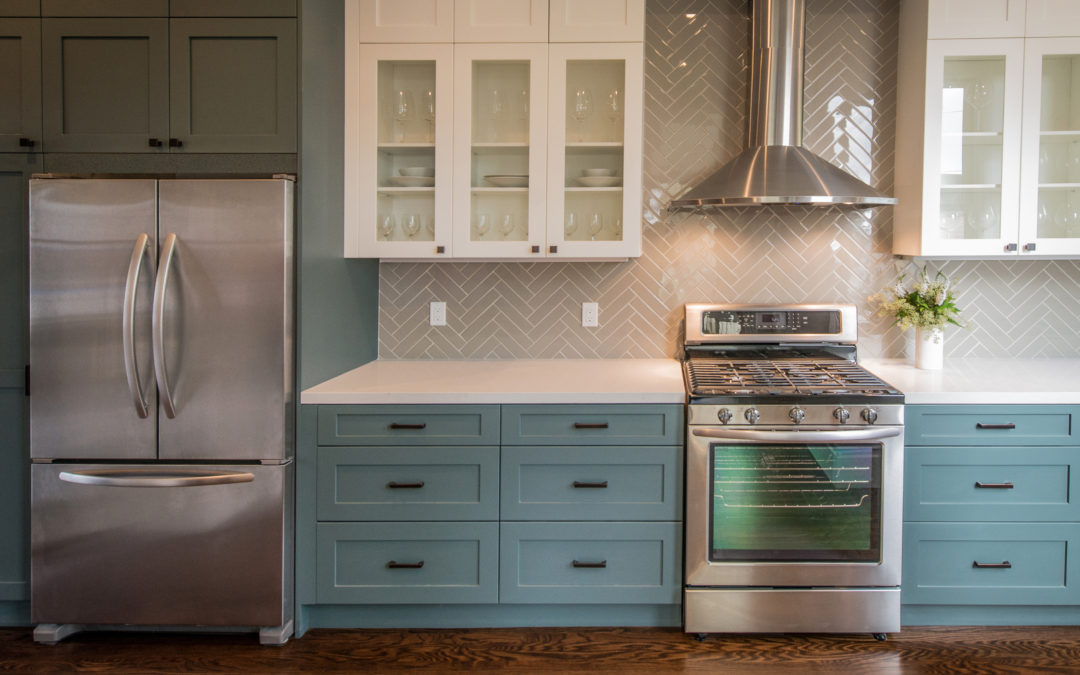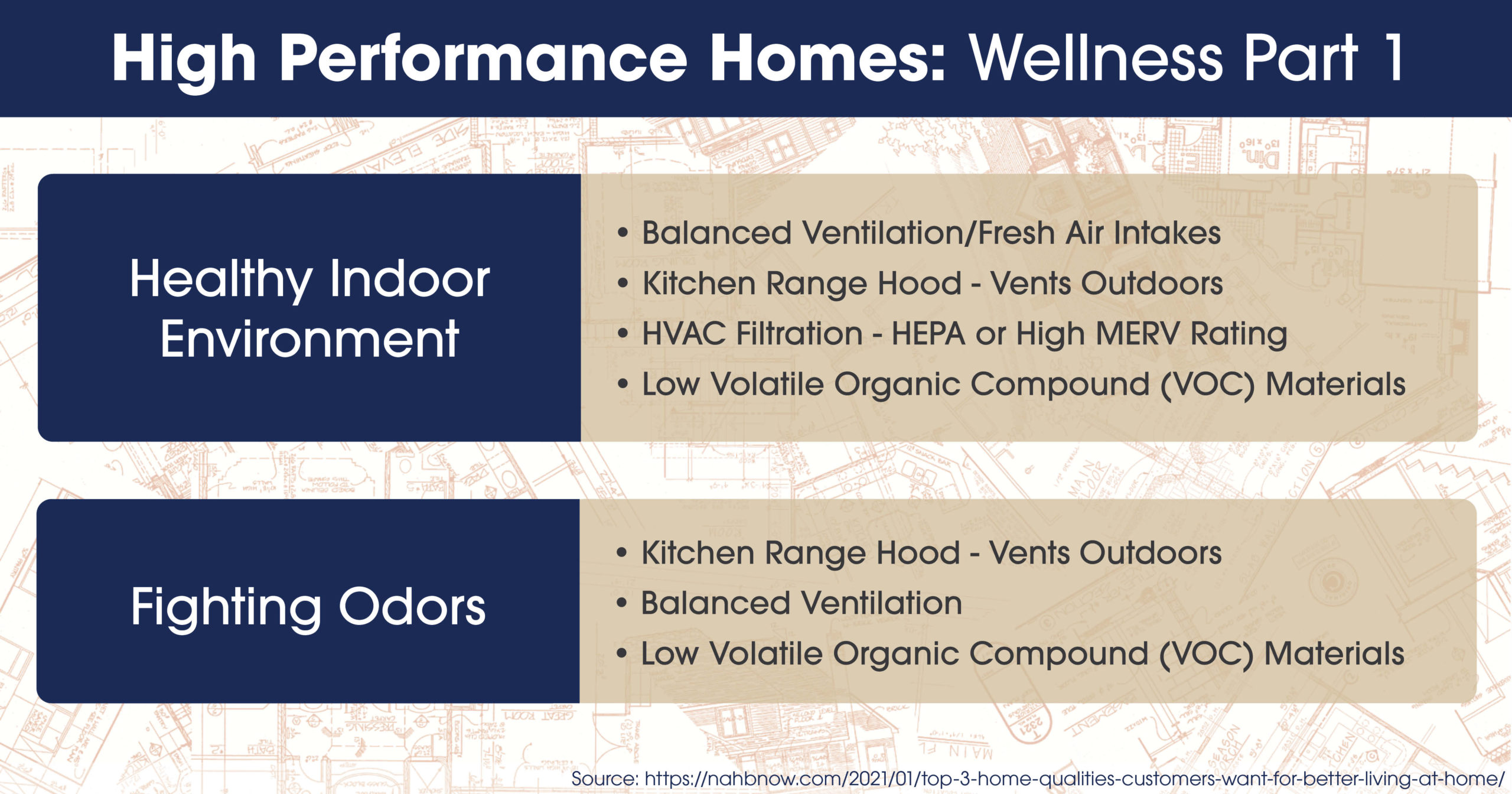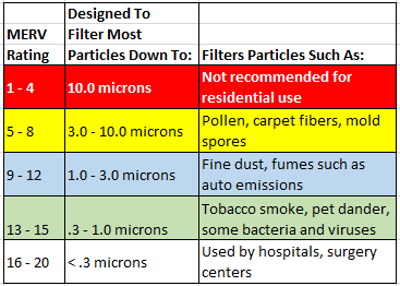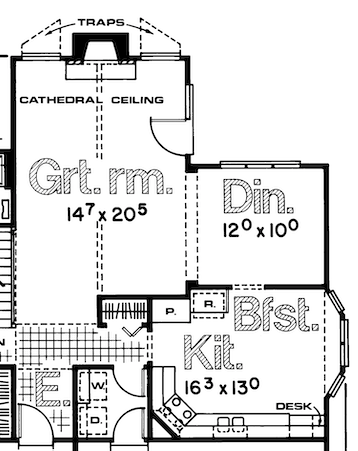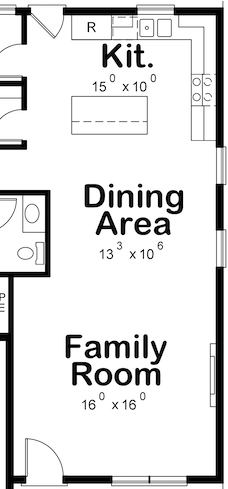Your Indoor Air Quality Is Nothing To Sneeze At!
Feeling good…feels so good! When there’s no more cough or runny nose, your energy’s back, you’re no longer so irritable or depressed – this is how life is supposed to be!
Still, we rarely notice or appreciate feeling good until we recover from some illness or injury. After the doctor visits, the medicines, and the suffering subsides. Doesn’t it seem that “health care” in our society is really “sick care”? Most of the emphasis, attention, and dollars are placed on helping you recover from (or cope with) whatever ails you. Where’s the “wellness” in health and wellness?
Wellness begins at home, where we spend so much of our lives. The National Association of Home Builders even recognized wellness as an essential aspect of a “high-performance home.” Let’s take a closer look at how your home is built affects your overall wellness.
Healthier Air
In our last post discussing your comfort, we covered the importance of building a fairly airtight home. Effective air sealing and insulation is great when it comes to maintaining desired temperatures, eliminating drafts, and reducing energy consumption, but can also trap indoor pollutants and allergens. Therefore, bringing a controlled amount of outside air into the home and expelling an equal amount of potentially stale indoor air are essential for your family’s health.
Energy Recovery Ventilators (ERVs) not only exchange indoor air, excess moisture, and airborne pollutants for fresh outside air, they also extract much of your warm wintertime indoor air’s heat to pre-warm the incoming colder outside air. During the summer the reverse happens – heat and humidity is extracted from the incoming outdoor warm air, making the ERVs an essential component for both Indoor Air Quality and energy efficiency. While numerous ERVs are available, Broan’s AI Series ERVs offer easy-to-use, intuitive controls or you can choose to let the ERV continually monitor temperature, indoor air quality, and pressure, adjusting in real-time to deliver optimal air quality – all on its own. The ERVs even come with high-performance filters to clean the incoming air.
Air filtration and air purification products can be complementary, but they are not the same. Air filtration has the goal of trapping airborne particles, from dust and other allergens to viruses, adding to your wellness. As part of a typical HVAC system, an air filter’s effectiveness at trapping particles is reported as its MERV rating, with the higher MERV-rated filters better at catching smaller and smaller particles you don’t want floating around. Cheaper, disposable air filters, typically 1-inch thick, have MERV ratings typically around 5-8. MERV 9-12 filters are often thicker, sliding into specially-designed housings. Filters with MERV 13-16 ratings are usually thicker and often pleated, providing more filtration area. The American Society of Heating, Refrigeration and Air Conditioning (ASHRAE, which created the MERV rating system), recommends MERV 13-14 for residential HVAC systems, but generally, the higher the MERV rating, the more restricted the airflow. Therefore, you need to make sure your HVAC system is designed with more restrictive air filtration in mind. Otherwise, a high MERV-rated filter will make your furnace fan work harder/longer, using more energy and shortening equipment life.
Peace and Quiet
Volatile Organic Compounds (VOCs) can be particularly problematic for individuals suffering from asthma, allergies, or chemical sensitivities. Paints, carpeting and other flooring materials/finishes, and composite wood products (often found in your home’s trim and cabinetry) off-gas VOCs, especially when they are new. Low-VOC product options are often available, and care in choosing these options can positively affect your wellness. Air purification has the objective of cleaning and sanitizing the air in your home. Most often this is accomplished with UV light to destroy microorganisms, VOCs, bacteria, and some viruses. If you have household members dealing with asthma or allergies, an air purifier can make a huge difference in their wellness. You may even find yourself spending less on rescue and maintenance medications! HVAC products which combine both high-performance air filtration and purification are available. Talk with your builder and/or the HVAC contractor about the solution that’s best for you.
Sometimes dinner’s aroma makes your mouth water. And at other times the smells can be unwelcome and overpowering. Removing cooking odors from open, entertaining areas is one of the reasons for the popularity of work-in kitchens. However, most new home designs don’t offer that amenity. The next-best solution for removing cooking odors, grease, smoke, as well as excess heat and humidity is a kitchen exhaust fan/range hood, vented directly outside (not just up into the attic). How big of a fan do you need? With the recommendation of exchanging all of the air in the kitchen 15 times per hour or every 4 minutes, that was fairly easy to calculate when kitchens were more defined.
The Oakridge’s 16-foot 3-inch by 13-foot kitchen at left had an 8-foot high ceiling. 16.25 x 13 x 8 = 1690 cubic feet, ÷ 4 = 422.5 cubic feet of air per minute (CFM), the suggested range hood fan size. But what about open kitchen layouts such as the Markham Ridge plan at right? There’s a rule of thumb that you want a minimum of 100 CFM fan size for every 12-inches of stove width, which would call for a minimum 250 CFM range hood. But that same rule of thumb suggests 150 CFM per 12-inches of width if the cooktop is in an island rather than against a wall because of its openness (minimum 375 CFM fan) – a more appropriate measure for open floor plans.
Another consideration is fan noise. Opting for a larger fan than what these rules of thumb suggest, operating at a lower speed, might be a quieter solution that contributes to your wellness.
Our Her Home Inspirations emails and blog posts are all about helping you make wise, informed decisions regarding your new home’s design and the products used. And that includes wellness – not as an afterthought, but as a priority! We’ll finish up the discussion on wellness in our next post, where we look at moisture issues (especially mold), and the importance of natural light.
For more resources on thoughtful design and products:
- View other articles on our blog
- Browse our Her Home™ Magazine
- Thoughtful Design Concepts
